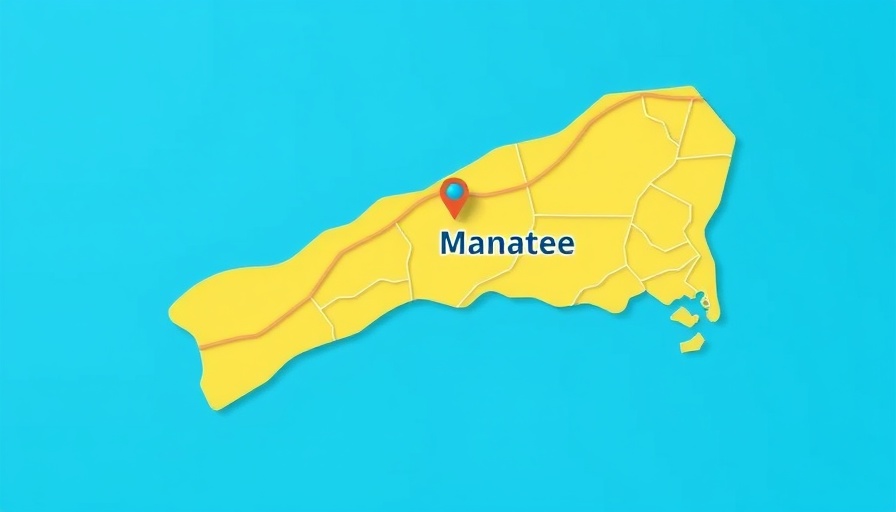
The Future of Beach Parking: Navigating the Shift to Paid Spaces
As the popularity of our beautiful Suncoast beaches continues to surge, so does the strain on parking availability. The recent discussions led by Commissioner Dan Diggins in Holmes Beach highlight a pivotal moment in local governance: the potential transition to paid parking. This proposed system could not only influence traffic control but also reimagine the beach-going experience for residents and tourists alike.
In 'Paid parking at beaches may be a thing of the past,' the discussion dives into the implications of proposed paid parking measures, prompting a closer analysis of what this could mean for local beaches.
Understanding the Proposal
Diggins advocates for a structured paid parking system, designed with the beachgoer’s convenience in mind. By implementing designated parking spaces that require payment, the plan aims to ease the burden on both locals and visitors, preventing the frustrating experience of endlessly searching for an available spot. This system would provide online visibility of parking availability, translating into a more streamlined beach outing.
A Collaborative Effort Across Jurisdictions
However, this initiative raises an essential question: can collaboration among surrounding areas like Anna Maria Island, Holmes Beach, and Bradenton Beach lead to a cohesive parking policy? Diggins warns that if a unified decision isn't reached, drivers may spill into free lots in neighboring areas, counteracting the intended benefits of the paid system. Thus, the stakes are high when it comes to collective agreement among local officials.
Implications for Residents and Visitors
The concept of paid parking isn't universally loved. Many locals fear it might deter visitors or unfairly prioritize tourists over residents who frequent the beaches. Supporters argue that by controlling traffic and encouraging only those willing to pay for a definitive space, the quality of the experience could actually improve. As we weigh both sides, it's vital to note how this initiative could influence regional tourism and the local economy.
Examining Financial Logistics
If the paid parking proposal progresses, one lingering question remains: how much will it cost? And what exactly will the revenue be used for? Transparency in financial planning will be key to garnering public support. Whether funds will be directed towards infrastructure improvements or other community needs will significantly impact perceptions of the measure.
The Timeline for Change
The path to implementing paid parking isn’t immediate. As Commissioner Diggins plans to present the proposal at the upcoming October budget meeting, he hints that it could take one to two years before residents see any tangible changes. This waiting period allows time for public discourse and further refinement of the plan, ensuring that the needs and voices of the community are heard.
Your Voice Matters: Engage in the Discussion
As this debate unfolds, it’s crucial for residents of the Suncoast to engage with their local officials. Your input could shape the future of beach access in our communities. Share your thoughts on this proposal, and let’s strive for a solution that balances convenience, community needs, and economic growth.
 Add Row
Add Row  Add
Add 


Write A Comment